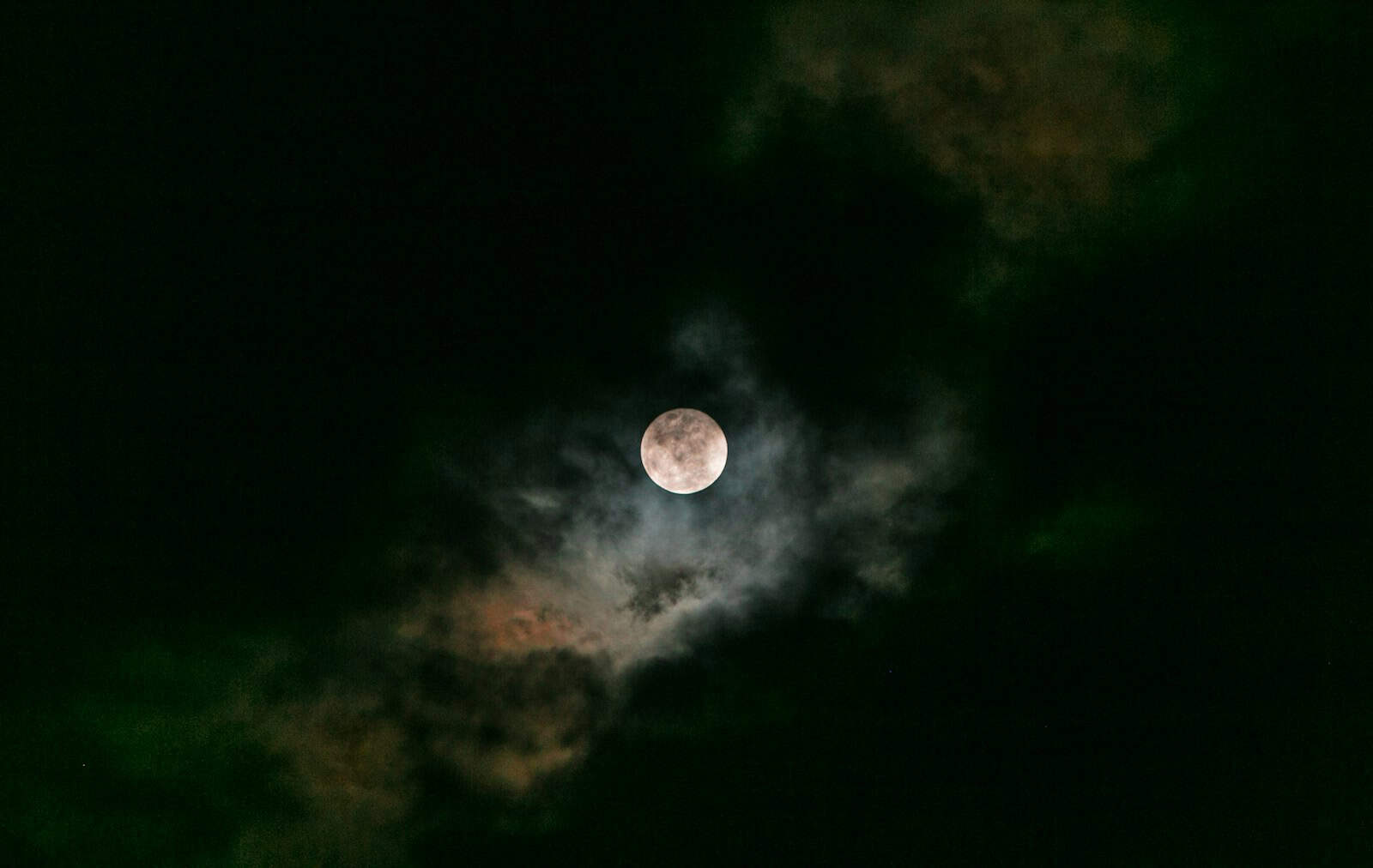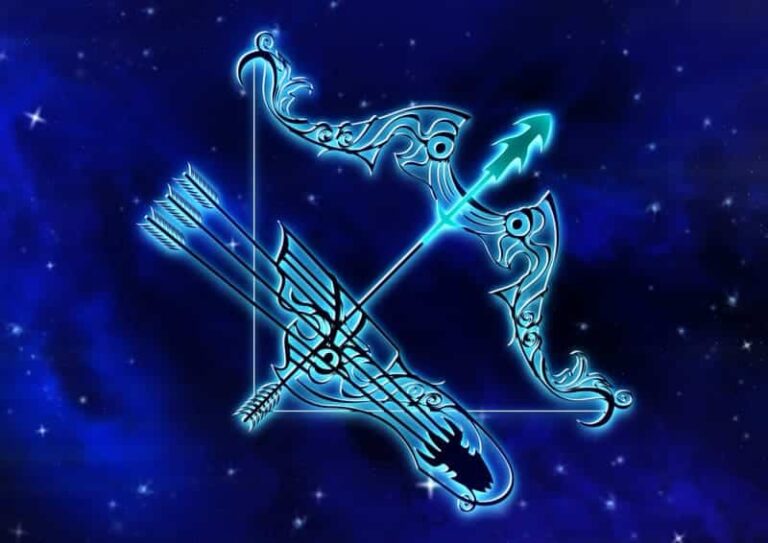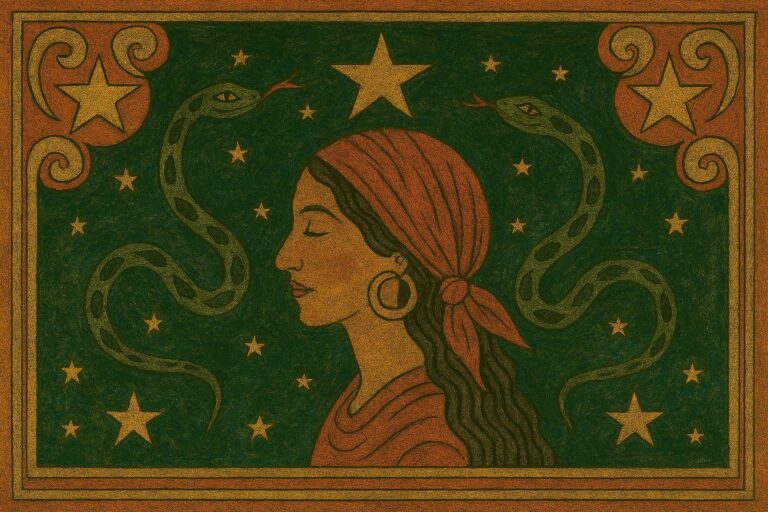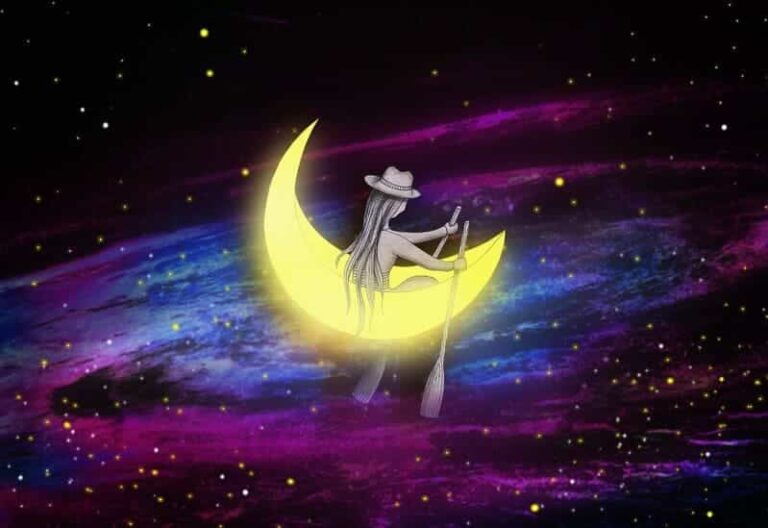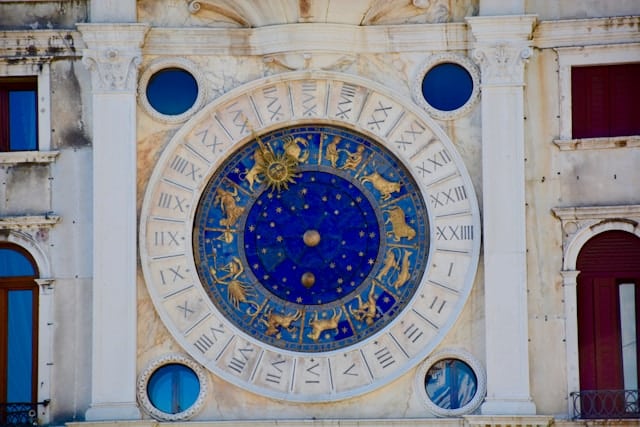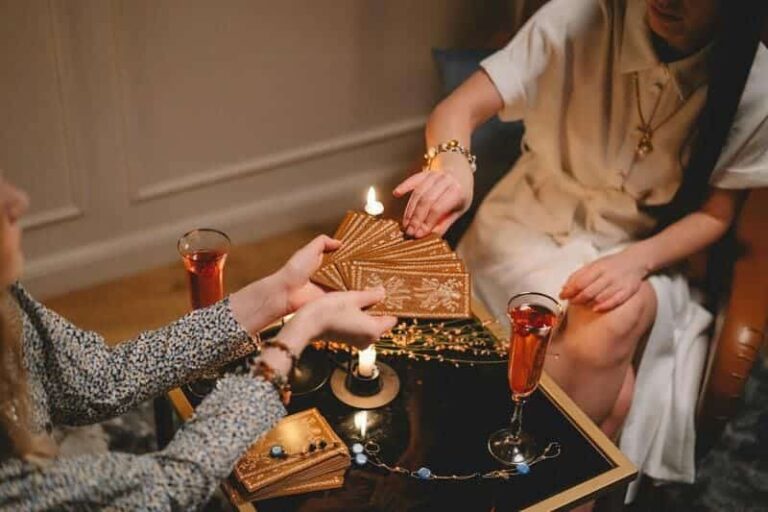What Is Samhain? The Origins and Meaning of the Pagan New Year
For many people, October heralds the “spooky season,” a time of pumpkin spice, costume parties, and trick-or-treating. However, for those who follow a spiritual path, such as Wicca, Paganism, or Witchcraft, October means that Samhain is approaching. And that’s so much more than just Halloween. Join me as I delve into the origins and the meaning of the October 31 Sabbat.
*For ease of writing, I’ll use the word Pagan to refer to the spiritual folks I mentioned above. Note that not all of the people who honor Samhain identify with this term.
*Product links may be affiliate links.
What is Samhain?
Samhain is one of the eight Sabbats respected and celebrated by many Pagans. According to Merriam-Webster, the pronunciation of Samhain is ˈsau̇ə̇n-, or ˈsäwə̇n-. But, since those symbols are foreign-looking to most, I’ll also use the style from “The Complete Idiot’s Guide to Wicca and Witchcraft Third Edition,” which is SOW-wen. It comes each year on October 31 and coincides with the secular holiday Halloween.
Samhain is very different from Halloween, though. The crops have been harvested, the trees have lost most of their leaves, and the weather is turning cold as the days grow shorter. It’s a very spiritual time. For many, it marks the death of the Lord (or God) and the pagan new year. It is the day when the veil that separates the physical and spirit realms is thinnest. Thus, communicating and honoring those who have died takes great importance on this day (or more often, at night).
The Origins of Samhain

Samhain takes its name from the ancient Irish Gaelic. This was the Celtic New Year. According to “Samhain,” published by Llewellyn Publications, it was the most important of four Celtic fire festivals. On this day, people allowed their hearth fires to burn out. They all gathered for a Druid priest to relight the community’s sacred fire. Prayers and offerings were made. Animals might be sacrificed. And symbols of the sun or deity were present. At the end of the celebration, they took away a brand or torch that was lit from that fire and used it to relight their own hearth fires. Sadly, these ancient ancestors didn’t keep records of their own.
When Christians came, the people were forced to convert, but some of their traditions survived. The church named November 1 as All Saints’ Day or All Souls Day in an attempt to replace the pagan festivals. Of course, the happenings were all much more complex than this simple statement, but that could be an entire book of its own. The book by Llewellyn goes into this in greater detail.
Halloween and Samhain traditions came to the U.S. when the Irish emigrated and brought their culture with them. Out of those traditions grew the Halloween traditions we know today. Samhain rose in practice in the 1980s alongside Pagan and Witch movements in the U.S. and the U.K.
Modern Samhain Traditions
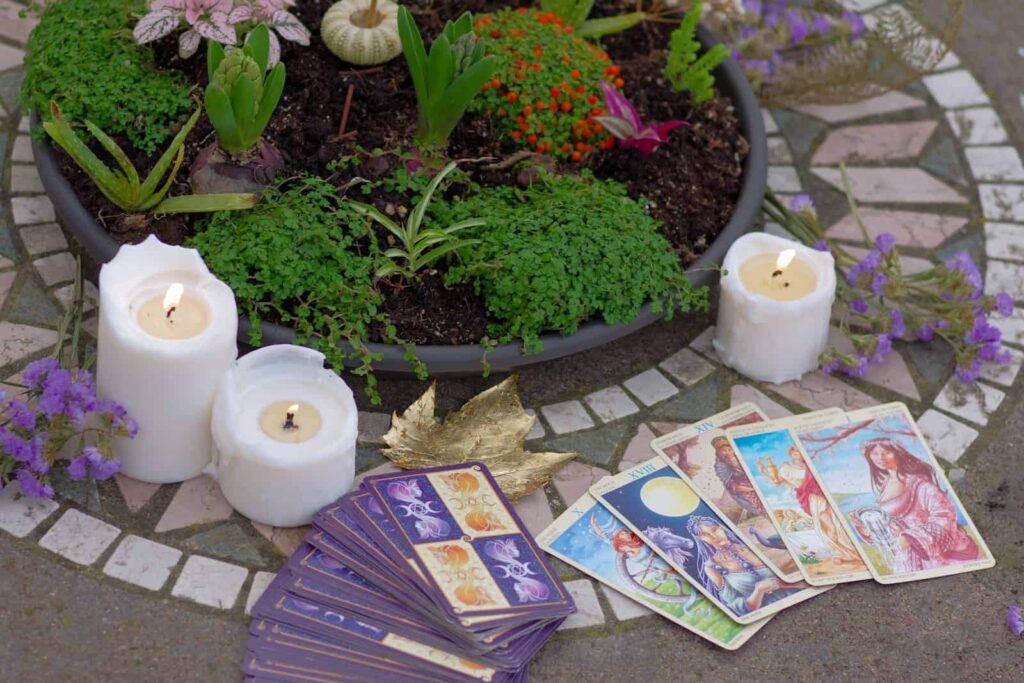
Our modern culture and the blending of many traditions and beliefs mean that present-day Pagans honor Samhain in a variety of ways. And it’s essential to understand that there isn’t one right way to do it. The observance of Samhain might also be on the full moon closest to the Sabbat.
Each practitioner or coven adopts those practices that hold meaning for them and match their path (Wicca, Druid, Neopagan, Witch, and so forth). For some, this time of year means watching scary movies, dressing up in costumes, and attending parties. There may also be a bonfire, candles, and a ritual. But for others, it could be a very solemn and personal day spent in contemplation or private spellwork.
Dumb (or silent) suppers are a common tradition for Samhain. This is a meal spent in silence as diners remember loved ones who have passed away during the year. They might even set a place and a plate of food for the deceased. In some traditions, the meal is a time to share memories of the deceased openly. Divination practices are also common at this time since the thinning of the veil makes communication easier. In any case, the spiritual practices of Samhain are solemn affairs that revolve around death and the coming of winter.
Holidays of More Cultures

This talk of Samhain is very European. The passage of time and the changing of the seasons are recognized in many cultures. I won’t go into each in depth here, but it’s important to recognize the amazing diversity of our world.
Dia de los Muertos: Celebrated November 1 and 2, this is not Mexican Halloween. Dia de los Muertos is a traditional Mexican festival and is also observed in other parts of Latin America. It’s a time to honor those who have died through celebration, ofrendas (similar to altars), feasting, music, offerings to the dead, decorating gravesites, and more.
Dziady: A Slavic festival for the dead (pronounced JAH-dyh), which may be seeing a resurgence among some folk. Traditionally, it involved meals where the dead were honored, as well as feasting at cemeteries, other rituals, and traditions.
Hop tu Naa: A Halloween-like festival (pronounced ‘hop choo nay’) specific to the Isle of Man. Like Samhain, it is based on Celtic traditions.
Pangangaluluwa: My understanding is that this was a practice in the days or weeks leading up to All Souls Day, where children would go from house to house singing hymns about spirits or souls of deceased loved ones. People might give them sticky rice cakes or coins. It appears that the tradition is no longer practiced often.
I’m certain this is far from a comprehensive list. Perhaps this is a subject I can dive into for the future!
More to Come
Thank you for joining me for this exploration of Samhain and its origins. Of course, this is a fraction of the information that’s out there. And, this is only the first of several articles I have planned for the celebration of Samhain. Bookmark our site and stay tuned for updates! I’ll also add links to this article.

